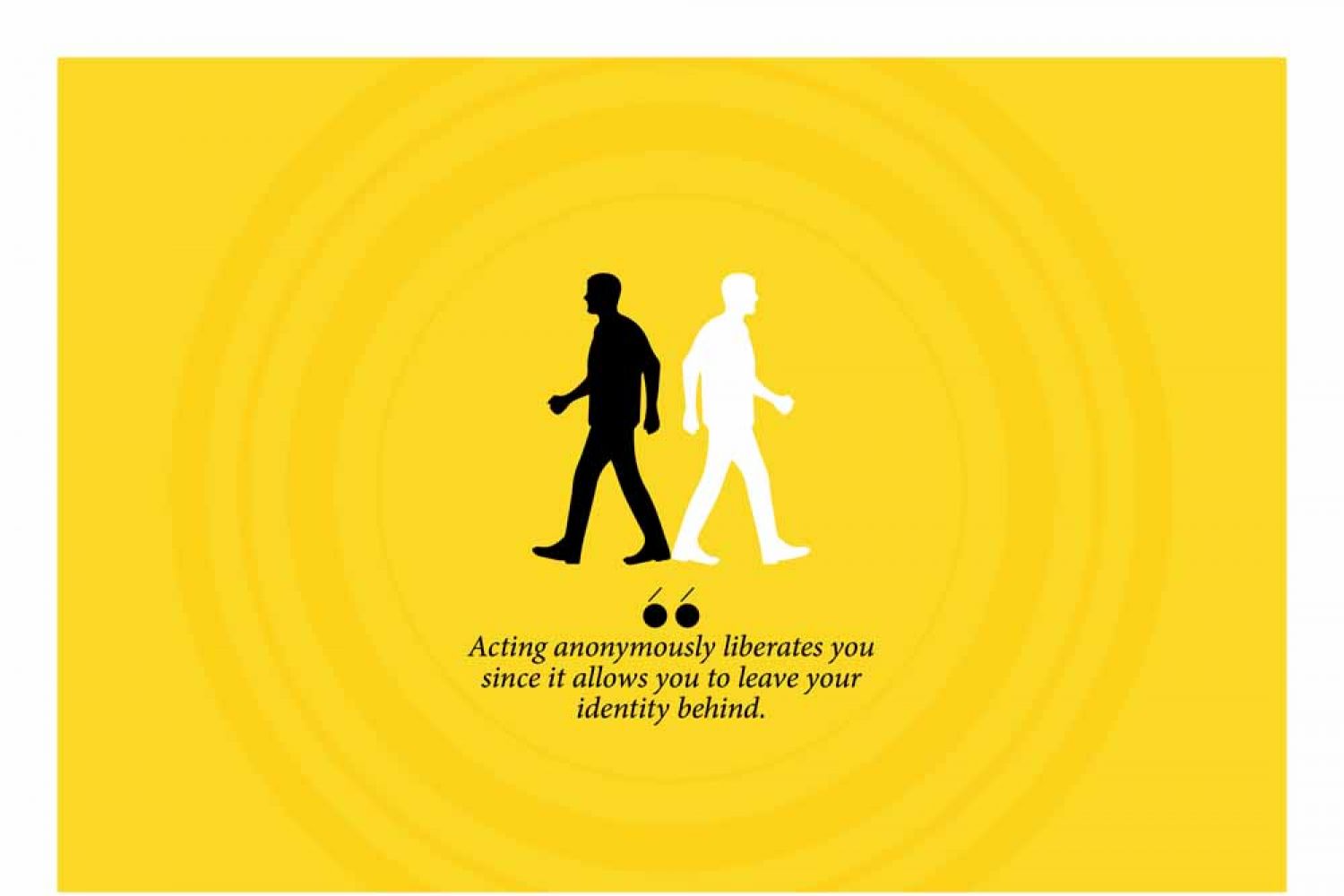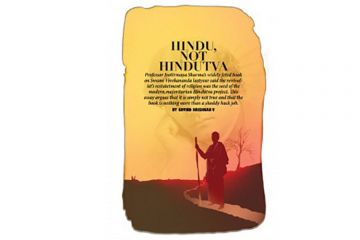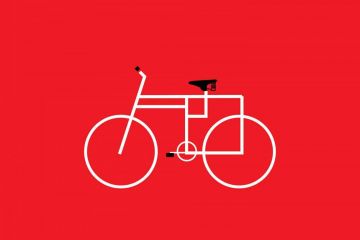
If the attempted military coup on July 15, 2016 had succeeded
and the curfews and martial law were imposed the following morning, the
contemporary art field here would most likely have come to a halt for at least
a year. But even before the coup, Turkey’s contemporary artists had been using
tactics of invisibility in order to keep themselves safe. In the last decade
there has been a rise in the number of collectives who use pseudonyms while
producing their works. Oda Projesi, Extramücade





